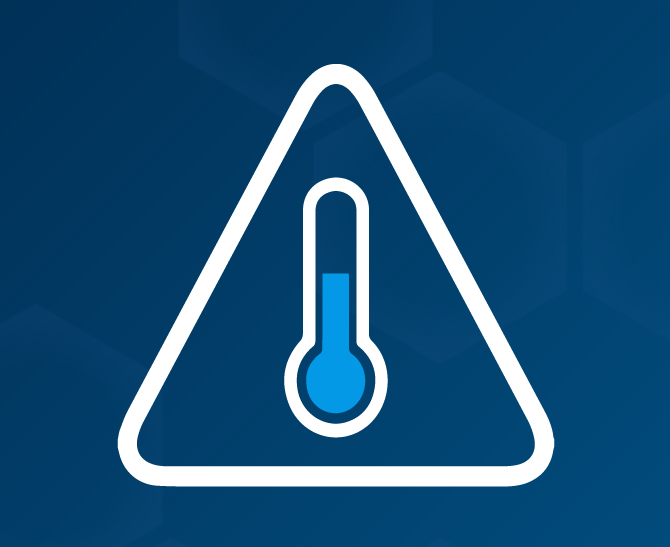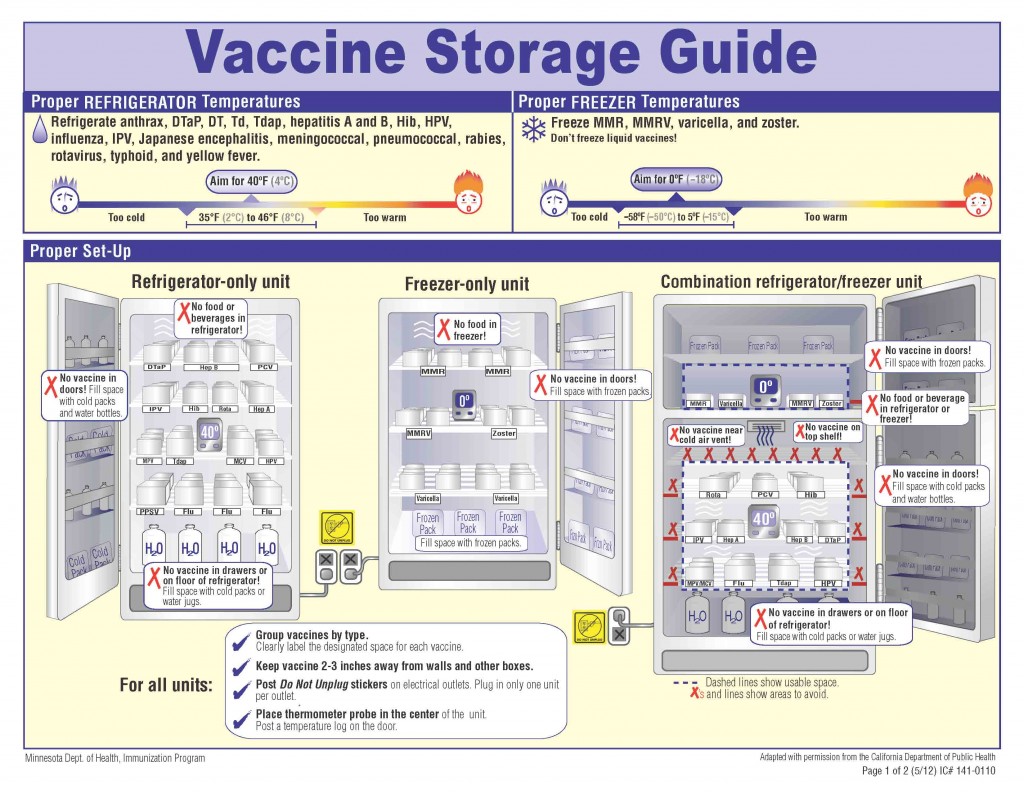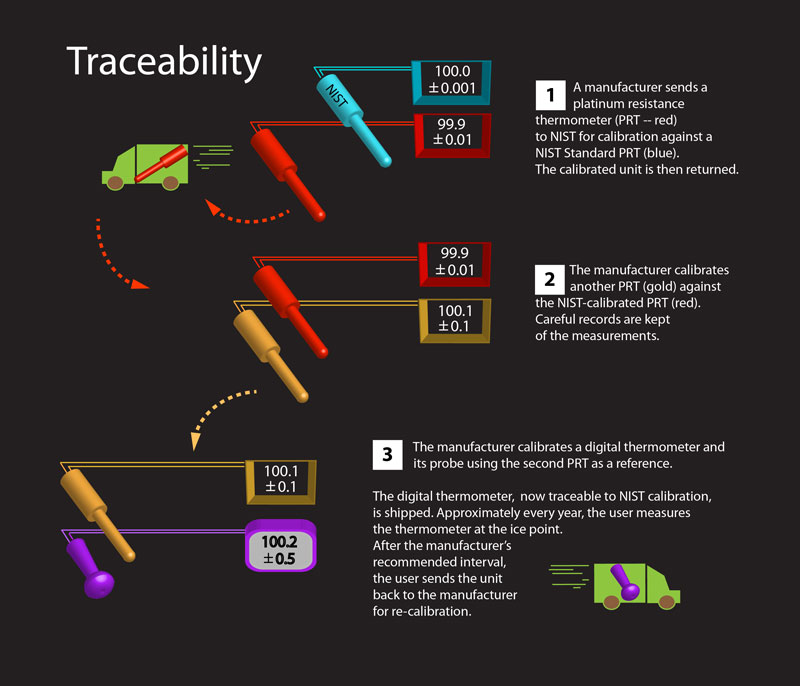Cell Culture Incubator Humidity & Temperature Monitoring
Incubators are often an important part of labs and medical facilities. Incubators must run properly to ensure that they are doing the proper job intended. To do this their temperature, humidity, and/or CO2 levels must be exact. Here is some information on incubators and how to keep them efficient.
Temperature & Humidity Control for Cell Culture Incubators
Maintaining Temperature
The most common job of incubators are to maintain a specific temperature, and while they do their part steps must be taken to ensure they are successful. Avoid opening the door when possible. Take and place multiple items at once, instead of one-by-one, if you are able to.
Incubators are usually kept at 37°C for the best growth of cell cultures. Temperature fluctuation in either direction it could be detrimental and even destroy your cultures. While incubators always include a temperature sensor, these may not always be reliable, especially after time passes. The best way to ensure your incubator is running at the proper temp is the use of a temperature monitoring system.
Maintaining Humidity
Some cell cultures also need a specific humidity level maintained. When humidity is too low your cell culture media can evaporate or your growth media may become too concentrated. Always ensure that your moisture source is full. For most cultures proper humidity is around 95%. A temperature monitoring system is essential for maintaining proper humidity as well.
Maintaining CO2
Other incubators use and maintain and monitor CO2 levels. Many times the proper CO2 level is 5%. Proper CO2 levels ensure a constant pH for optimal growth in your cultures. Once again, a temperature monitoring system will help ensure that an incubator’s CO2 levels never rise or fall outside of their intended range, and compromise cultures.
Ensuring Your Incubator Works Properly
We discussed monitoring temperature. While a lab temperature monitoring system is essential to the success of your incubators, they should be calibrated from time to time as well. For reproducible results, calibration should be carried out at the usual operating temperature. For incubators used in important or sensitive experiments, you should also consider arranging calibration by an external agency on an annual basis.
What Is the Optimal Temperature for Cell Culture?
The ideal temperature for cell culture depends on which type of cells that are growing. Most mammalian cell lines thrive at 37°C (98.6°F), which imitates the body's natural environment to support metabolic activity. Some cells need to be kept at a lower temperature of 27°C (80.6°F). For proper cell viability, monitoring precise cell culture incubator temperature is required, so temperature fluctuations don’t interfere with growth and functionality.
How Long Can Cells Survive Outside an Incubator?
Cells need a stable, controlled environment to function and grow. Depending on how resilient they are and the external conditions present, when mammalian cells are removed from an incubator, they only survive for a few minutes to several hours before exposure to inappropriate room temperatures or humidity levels leads to dehydration, metabolic stress, a reduction in viability, or eventual death.
How Often Do You Clean a Cell Culture Incubator?
Cleaning cell culture incubators prevents contamination. Their surfaces should be wiped down on a weekly basis. Clear out condensation and check humidity levels to ensure cells are in a sterile environment. Thoroughly cleaning and disinfecting shelves, trays, and air filters should be completed monthly or quarterly. Check water reservoirs so contamination doesn’t occur. To extend the incubator’s lifespan and to ensure optimal cell growth, follow a consistent cleaning schedule.
How Long Does It Take for a Cell Culture to Incubate?
The incubation time for a cell culture depends on the conditions of the experiment and the type of cell involved. Depending on their specific strain, bacterial and yeast cultures grow overnight or take several days to grow. Most mammalian cells develop in one or two days. The availability of nutrients, temperature stability, aeration, and humidity may also affect incubation time. To ensure cells reach the desired level of growth before using them in experiments, scientists adjust conditions by monitoring their growth process.
What Is Too Humid in a Cell Culture Incubator?
Excess cell culture incubator humidity can cause an overabundance of condensation to build up, leading to unstable conditions and risk of contamination from bacteria or fungi, which may affect cell viability and compromise the accuracy of the experiment. If the humidity level reaches more than 95 percent, condensation can form on the walls of the incubator, the trays, and the culture vessels, increasing microbial growth and interfering with gas exchange. When humidity levels are monitored and adjusted consistently, a controlled environment can maintain healthy cell cultures and cell development.
What Happens if the Humidity Is Too Low in an Incubator?
Dehydration, impaired growth, and viability risks may occur if humidity decreases and becomes too low inside an incubator. Insufficient moisture can cause environmental stress, which may affect the availability of nutrients and disturb cellular metabolic processes. Prolonged exposure to low humidity weakens cell membranes, decreasing survival. Ensuring proper humidity levels and temperature are maintained in the environment of the incubator is vital for healthy cell development.
How Do You Fix High Humidity in an Incubator?
To regulate and limit high humidity in a cell culture incubator, E-Control Systems' advanced sensors continuously monitor temperature, humidity, differential pressure, and air quality to accurately manage and control laboratory conditions. Collecting and analyzing real-time data from the sensors offers instant visibility and information about lab conditions and cellular growth. The sensors use customizable alerts to notify personnel when parameters aren’t in their proper range, with the ability to conveniently monitor and change laboratory incubator conditions remotely.
































